Introduction
Greetings, fellow container home enthusiasts! It’s Emily Owens here, your trusted guide to all things container homes for the past four years. Today, I’ve got a juicy topic for you: a deep dive into the various material options available for building your dream container home. From corrugated metal to reclaimed wood, we’ll explore the pros and cons of each material to help you make an informed decision. So grab your favorite beverage, get comfy, and let’s get started!
Corrugated Metal
Let’s kick things off with the classic choice for container homes – corrugated metal. This material is like the denim jeans of the container home world – timeless and versatile.
Pros
- Durability: Corrugated metal is built to withstand the harshest weather conditions, making it an excellent choice for longevity.
- Low Maintenance: It requires minimal maintenance, saving you time and money in the long run.
- Industrial Aesthetic: The rugged, industrial look is iconic and loved by many.
Cons
- Temperature Regulation: Corrugated metal can get uncomfortably hot in the summer and chilly in the winter without proper insulation.
- Rust: If not adequately maintained, it can develop rust over time.
Reclaimed Wood
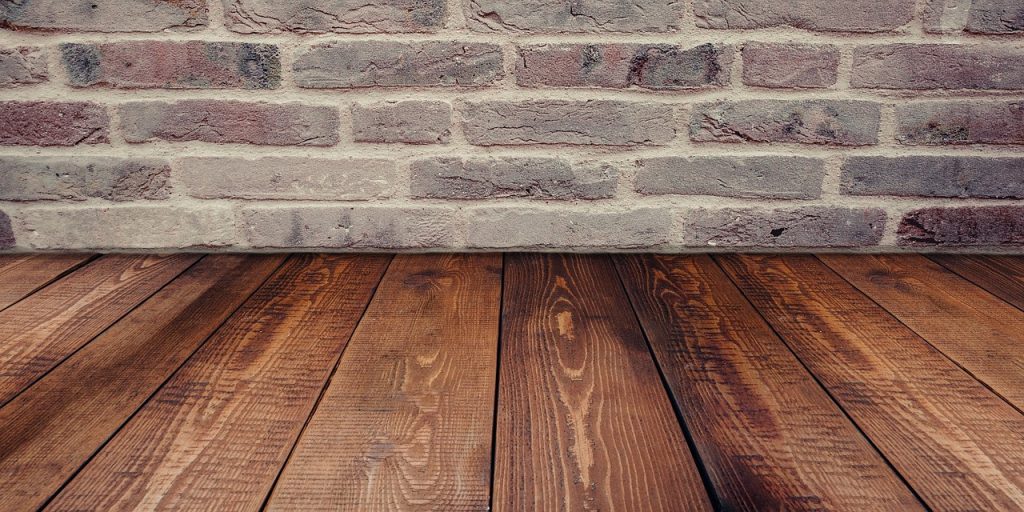
For those who crave a warm, rustic vibe in their container homes, reclaimed wood is a fantastic option. It’s like bringing a piece of history into your living space.
Pros
- Aesthetic Appeal: The rich textures and colors of reclaimed wood create a cozy and inviting atmosphere.
- Sustainability: Using reclaimed wood reduces the demand for new timber, making it an eco-friendly choice.
- Insulation: Wood naturally provides better insulation than metal, helping with temperature regulation.
Cons
- Maintenance: Reclaimed wood may require more maintenance than other materials to prevent decay or pests.
- Cost: High-quality reclaimed wood can be expensive, but it’s an investment in both style and sustainability.
Shipping Container Interiors
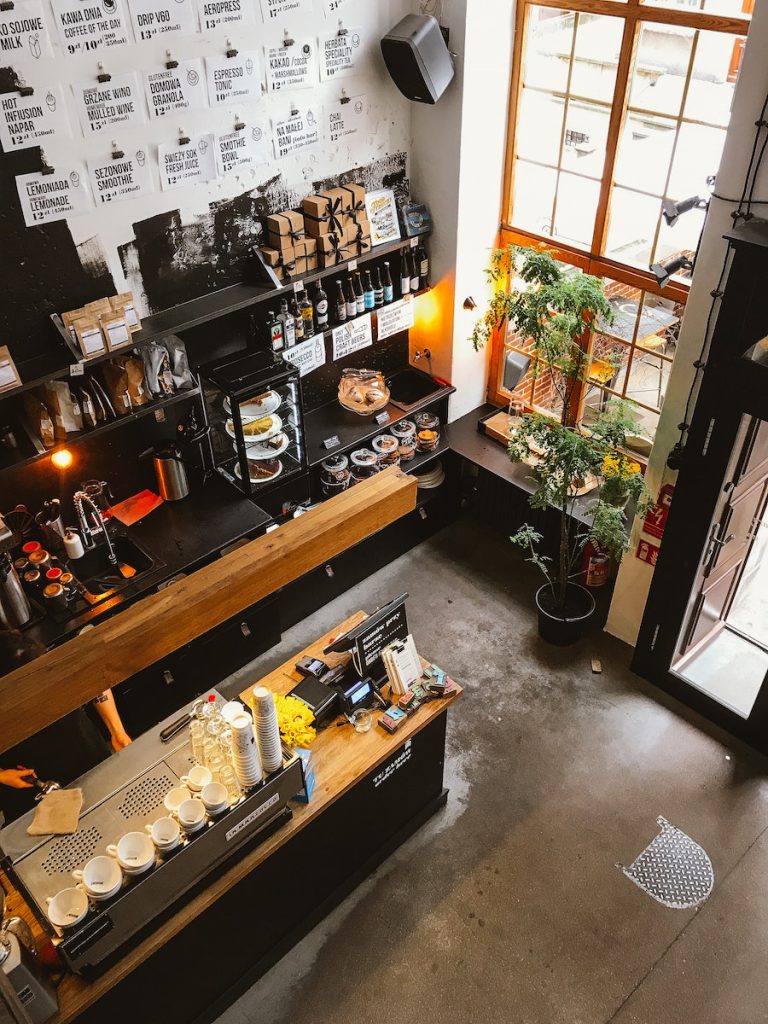
Wait, what? Yep, we’re looking inside the container now. Many container home enthusiasts opt to keep the original container walls and floors inside their homes.
Pros
- Cost-Efficiency: Using the container’s interior can save you money on framing and finishing materials.
- Unique Aesthetic: The industrial charm of exposed container walls and floors adds character to your home.
Cons
- Insulation: Container interiors often require additional insulation to maintain comfortable living conditions.
- Limited Design Options: The layout and size of the containers may limit your design choices.
Green Building Materials
For those committed to sustainable living, there are various green building materials to consider, such as bamboo, straw bales, or even recycled plastics.
Pros
- Eco-Friendly: Green materials minimize your environmental footprint and promote sustainability.
- Unique Aesthetics: These materials offer a distinctive look that stands out from traditional container homes.
- Insulation: Some green materials, like straw bales, provide excellent insulation.
Cons
- Limited Availability: Finding these materials may be challenging, depending on your location.
- Specialized Construction: Using green materials often requires specific building techniques and expertise.
Conclusion
As we conclude our journey through the world of container home materials, remember that the best choice depends on your preferences, budget, and goals. Each material has its unique advantages and challenges, so take your time to weigh the options.
Whether you go for the timeless durability of corrugated metal, the cozy charm of reclaimed wood, the rugged appeal of container interiors, the efficiency of SIPs, or the sustainability of green materials, your container home will be a reflection of your personality and values.
So, gather your inspiration, do your research, and embark on your container home adventure with confidence. After all, it’s not just about the materials; it’s about creating a space that truly feels like home, no matter what it’s made of.
Happy building, fellow container home dreamers! Until next time, this is Emily Owens, signing off with a wink and a smile.











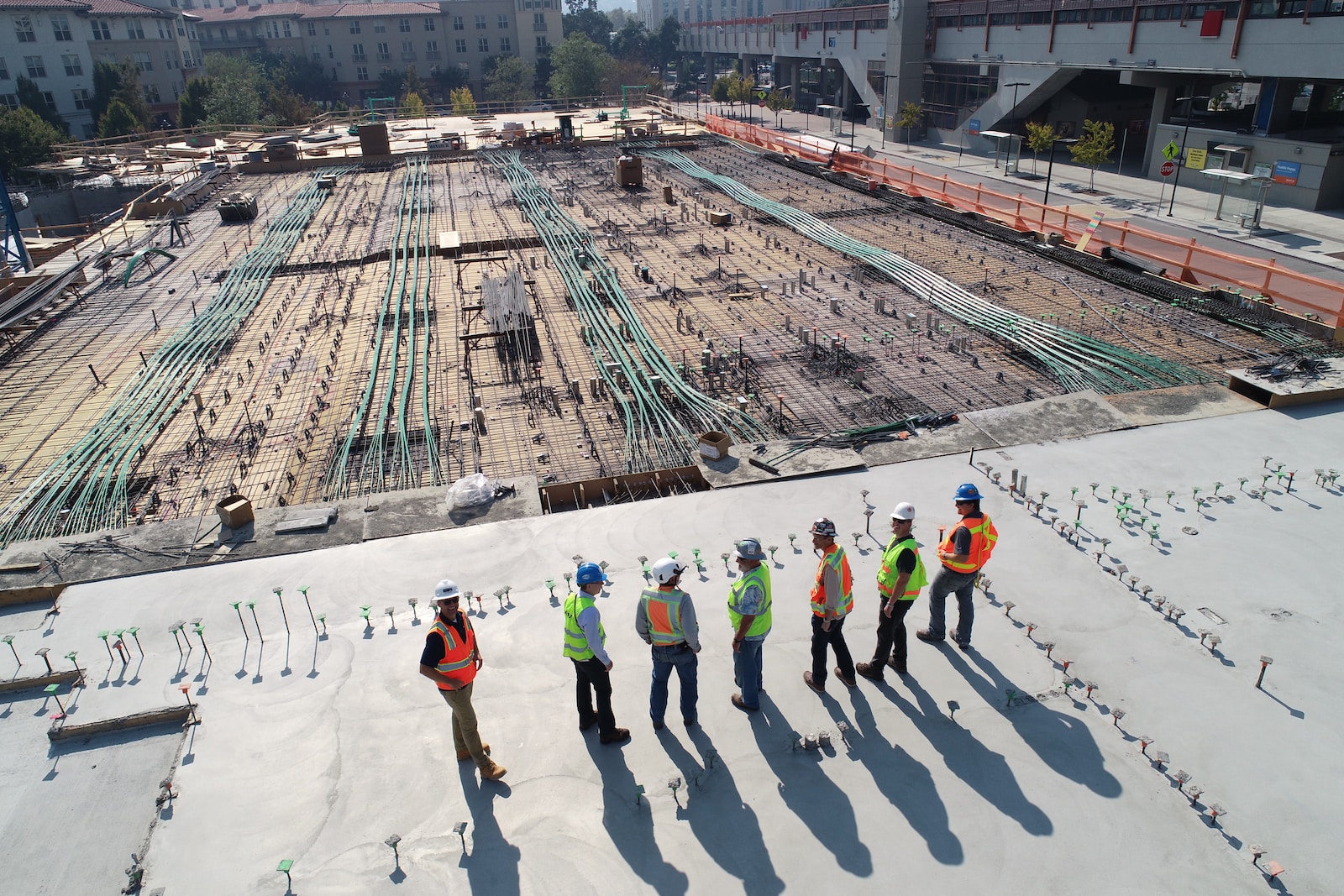





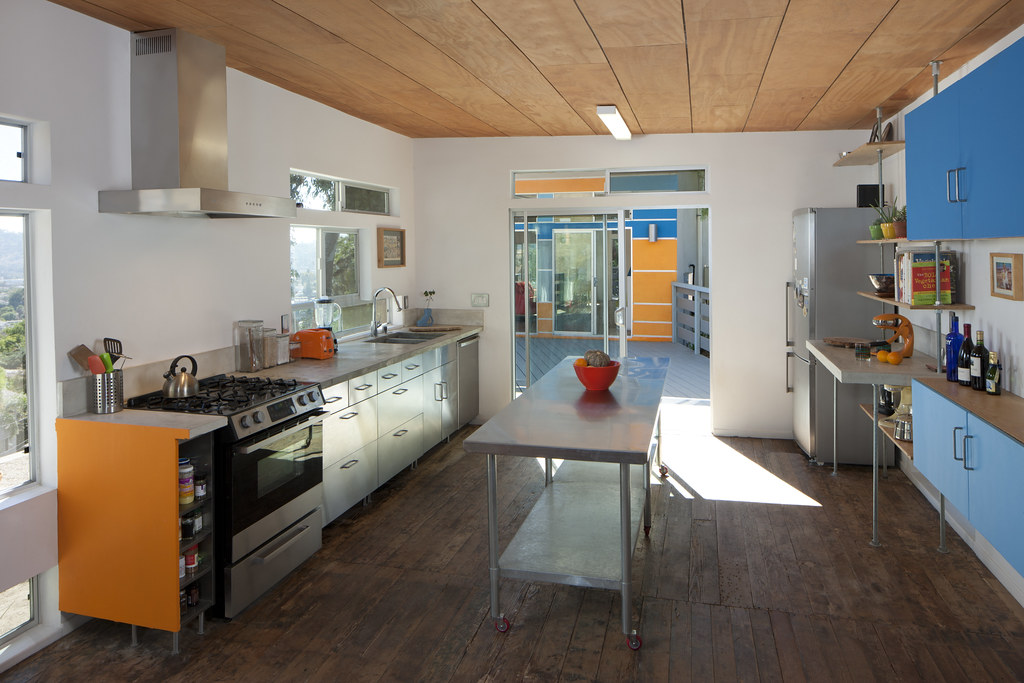
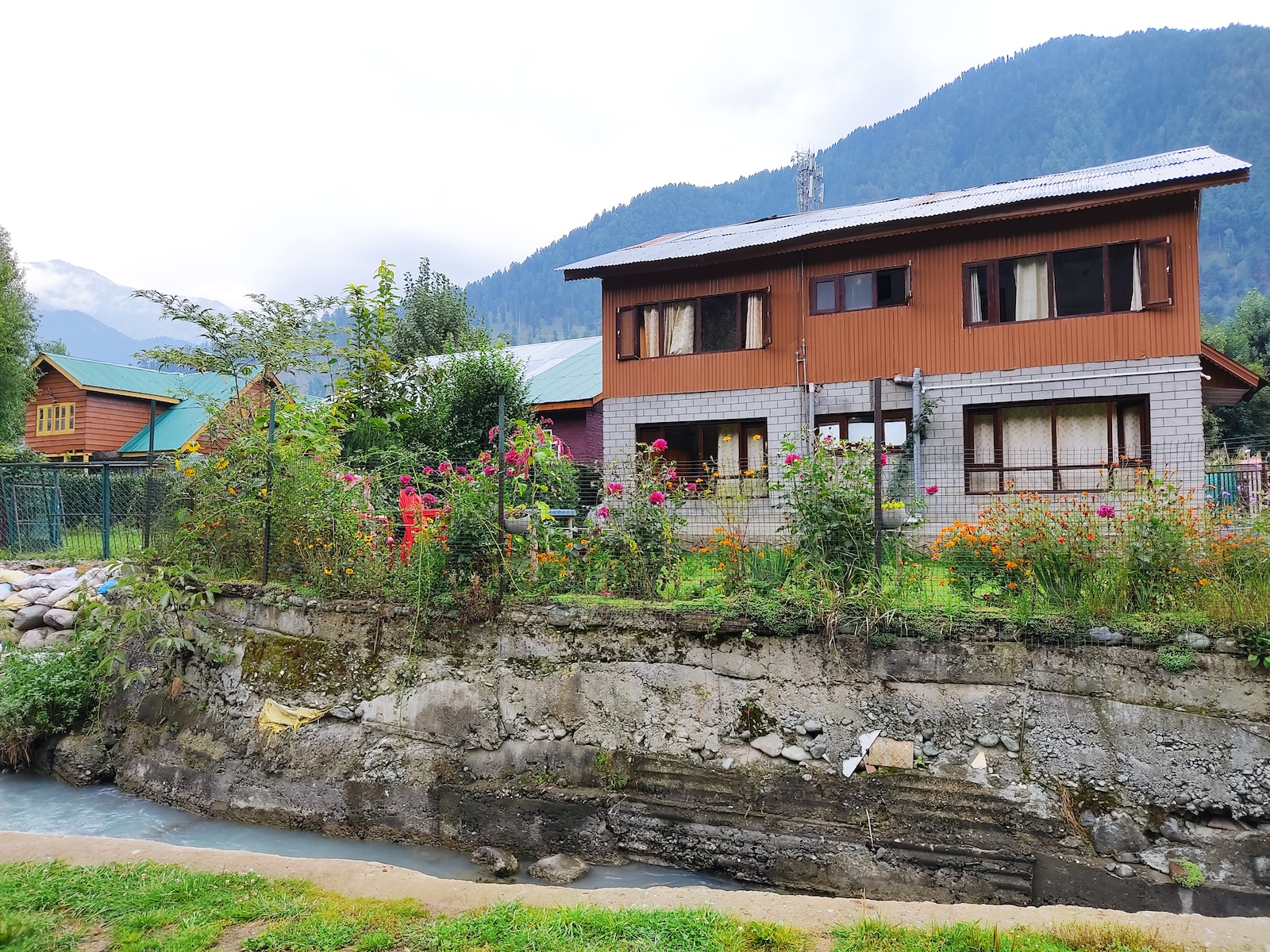
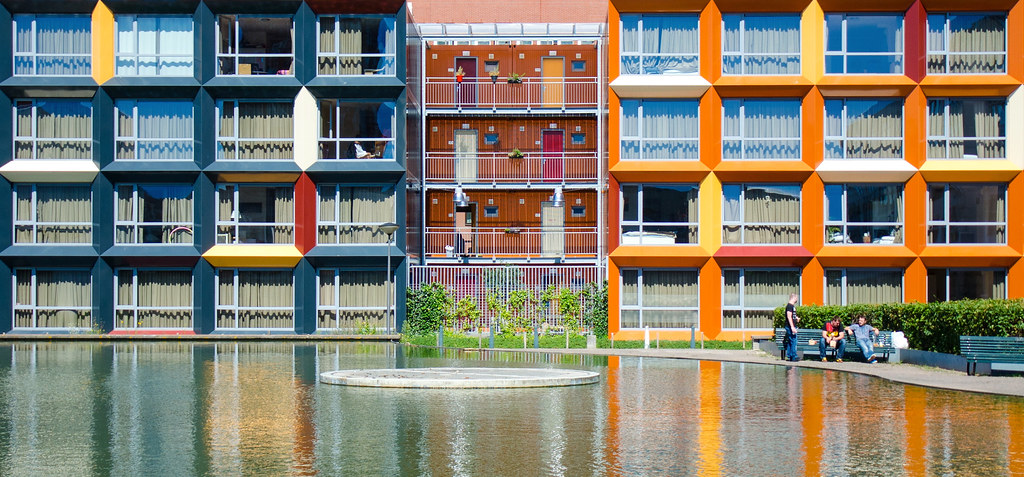
Find Us on Socials